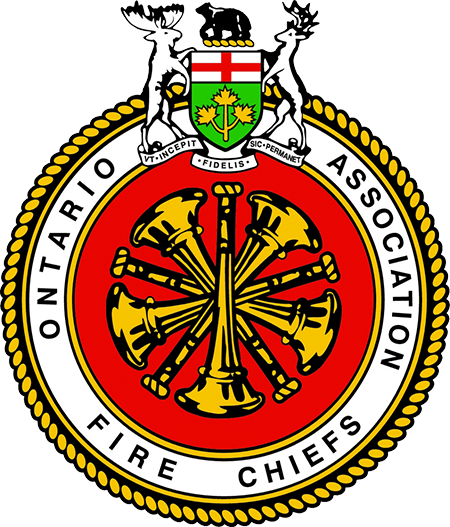Over 100 volunteer firefighters in Haldimand had the chance to take part in training with a Mobile Live Fire Training Unit (MLFTU) in a field nearby South Haldimand Fire Station 11 outside Dunnville for three days last week.
The unique opportunity gave all participants the challenge of navigating a series of real-life scenarios they might encounter.
Fire Safety & Training Coordinator Marco Reyes spoke with The Press about the exercise.
“This is a propane-driven trailer,” said Reyes. “It’s reconfigurable. It does come with staff from the Ontario Fire College. Based on our requests, they can reconfigure and do different things with it.”
As a volunteer firefighter, Reyes has previously completed the training.
“Once you fill it with the smoke and the flame’s going, with the exception of the intense heat of a real structure fire, it’s actually very realistic,” he said of the unit.
Gaining access to the training isn’t easy, as the Province currently owns just two of the $1-million-plus units, with plans to purchase more in the near future.
Due to that scarcity, “there’s all this documentation you have to do with it as well; safety plan, reason why you’re needing the trailer, what you’re going to do. They want assurance it’s going to be used effectively,” said Reyes, adding that less than 50% of applicants get a unit annually.
Firefighters faced two main scenarios during the exercise, beginning in a transitional fire with exterior-to-interior attacks.
Reyes explained, “You want to get water onto the fire as quickly as possible, a lot of time from the outside initially to get us going, and then our crews will make entry based on safety, type of fire, and a bunch of other criteria.”
The exterior-to-interior exercise was chosen to amplify the importance of rapid water distribution and to highlight safe practices.
“If you don’t wave your hose around and just spray it in a straight stream, you can actually drop the temperature inside a burning structure by about 300 degrees in just three seconds,” said Reyes, noting how that can reduce injury for anyone inside.
The second exercise saw rapid intervention teams attempting to rescue a downed firefighter in a burning basement.
“Statistically, if a firefighter does go down, it takes 15 firefighters to get that person out and, during that process, two firefighters will be injured,” said Reyes.
While Haldimand offers a program tailored to this type of training, Reyes said, “To have it where we have actual smoke and heat in a controlled, safe environment to practice those skills is definitely advantageous…. We want everybody to go home.”
Typically, it takes the small teams of firefighters about four hours to run through the full exercise.
By 2026, the Ontario Fire Marshall expects every firefighter, full time or volunteer, be fully certified. Reyes said Haldimand is in “really good shape” on that front.
“People sometimes underestimate the training that volunteers do. We are … held to the same standards as full-time fire services,” he said, noting the primary difference is a lower call volume.
He praised his colleagues for their efforts: “We have a group of firefighters that are working towards certification, and I just want to make sure I give credit to those guys. This certification came in after they were hired….. They didn’t sign up for that, but they’re doing the right thing and certifying, and this trailer gives us the reinforcement for that certification as well.”
He concluded, “Volunteer firefighters are a very different breed. They sign up because they want to help their communities.”
